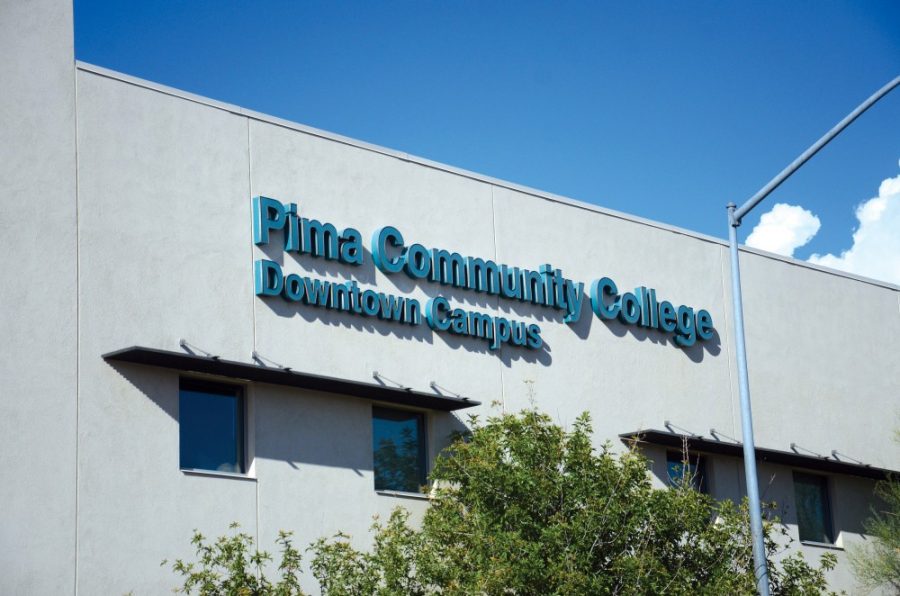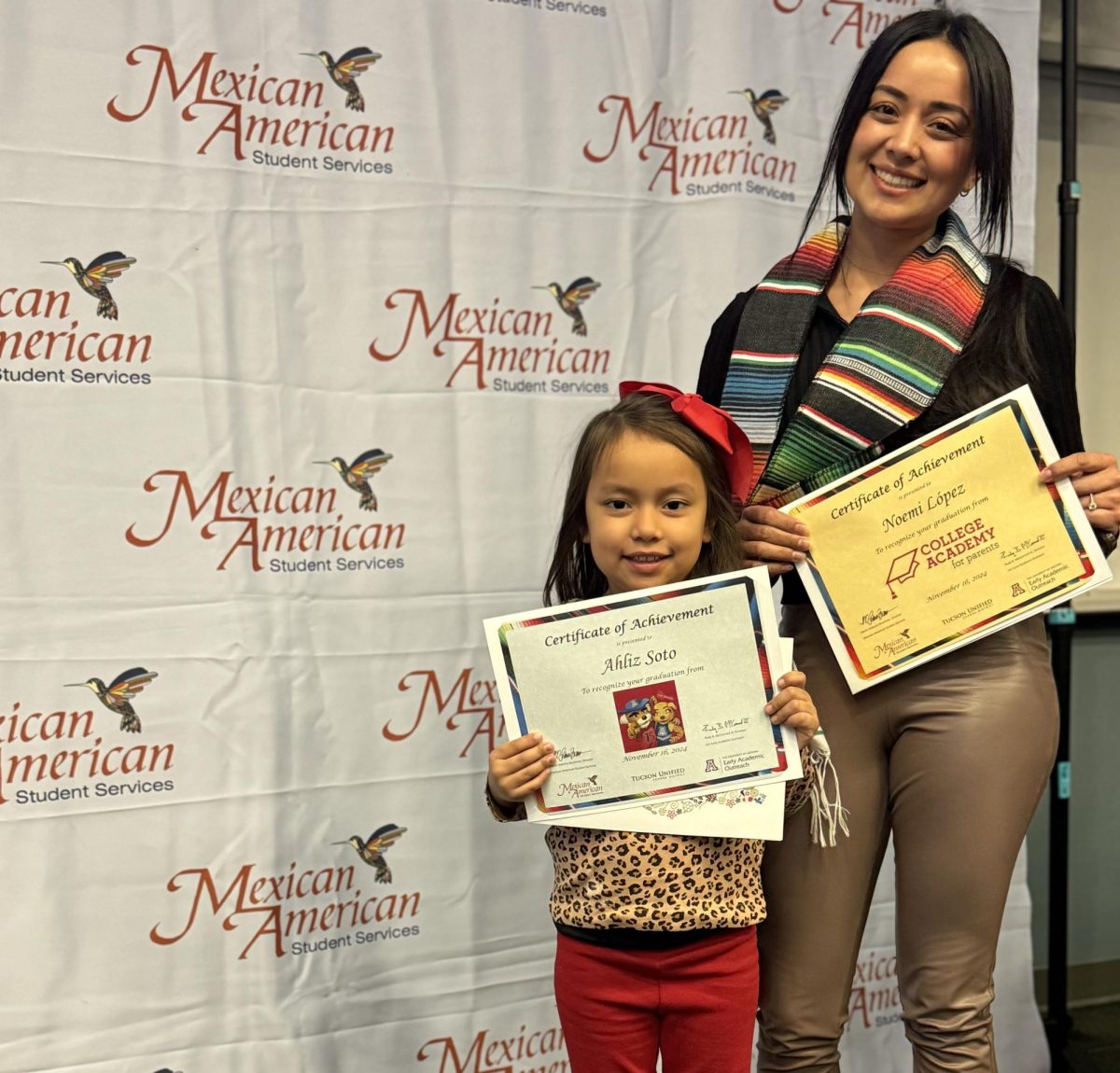Former Rep. Ron Barber noticed blood from his leg and face pooling by the side of his body. He noticed his friends fighting for life on the ground beside him.
They waited 20 long minutes before EMTs were allowed to help them.
A Pima Community College student, who, according to the Los Angeles Times, withdrew from the school in October 2010,wounded 14 people that day and killed six, including 9-year-old Christina-Taylor Green and John M. Roll, the chief judge of the U.S. District Court for Arizona.
Former Rep. Gabrielle Giffords and her staff began the day expecting to serve Giffords’ district at its first Congress on Your Corner event, but within 10 minutes of the beginning of the event, Jared Lee Loughner took over and changed the memory of Jan. 8, 2011 forever.
Loughner targeted Giffords and fired twice, shooting her in the head. He then turned his gun on Barber and the crowd of 20-30 people, ultimately shooting 12 more.
“We have irresponsible gun ownership and gun safety,” Barber said, focusing on the idea that changes must be made in order to see a positive effect on society.
In 2010, a year before the shooting and in the wake of school shootings such as Virginia Tech, PCC had updated its policies for dealing with mentally ill and disturbedstudents.
Loughner was suspended from PCC in September of 2010 and, according to The New York Times, the school told him “not to return without a psychologist’s letter certifying that he posed no danger.”
There is no evidence that Loughner accessed care.
The same month of his suspension, PCC created a task force to identify students who, like Loughner, might pose a threat to themselves or others.
PCC has continued to make strides toward decreasing the threat of gun violence.
According to reporting done by KGUN9 in 2011, PCC’s board of governors set up a scholarship program to honor the lives of the victims of the Jan. 8 shooting.
However, PCC’s efforts have not produced any decrease in gun violence across the state.
According to the Center for American Progress, Arizona is the 11th worst state for gun deaths. The state is 40 percent higher than the national average for gun deaths for every 100,000 people.
There is no data to support that any one contribution is at fault.
“I don’t think one thing contributes most, other than the fact that we have a proliferation of guns in our society,” Barber said.
Barber said that in order to decrease gun violence across the state and nationwide, legislation needs to be discussed and laws need to be passed. He said that people prescribe to the idea that their communities won’t be at the mercy of gun violence until they are.
“We were so deeply affected because we couldn’t believe it could happen,” Barber said. “We came together and it was really indicative of who we were. We will not allow Tucson to be defined by what happened on Jan. 8.”
In 2015, there have been more mass shootings than days in the year, according to the Mass Shooting Tracker database.
To move forward, Barber said he believes something must change. Barber said that Tucsonans must rally together as a community and demand that their elected officials have the courage to stand up to the gun lobby.
“The way the Tucson community responded really was about defining ourselves as compassionate and caring people,” Barber said. “If we had our way, Tucsonans would take the right steps.”
Follow Christianna Silva on Twitter.









